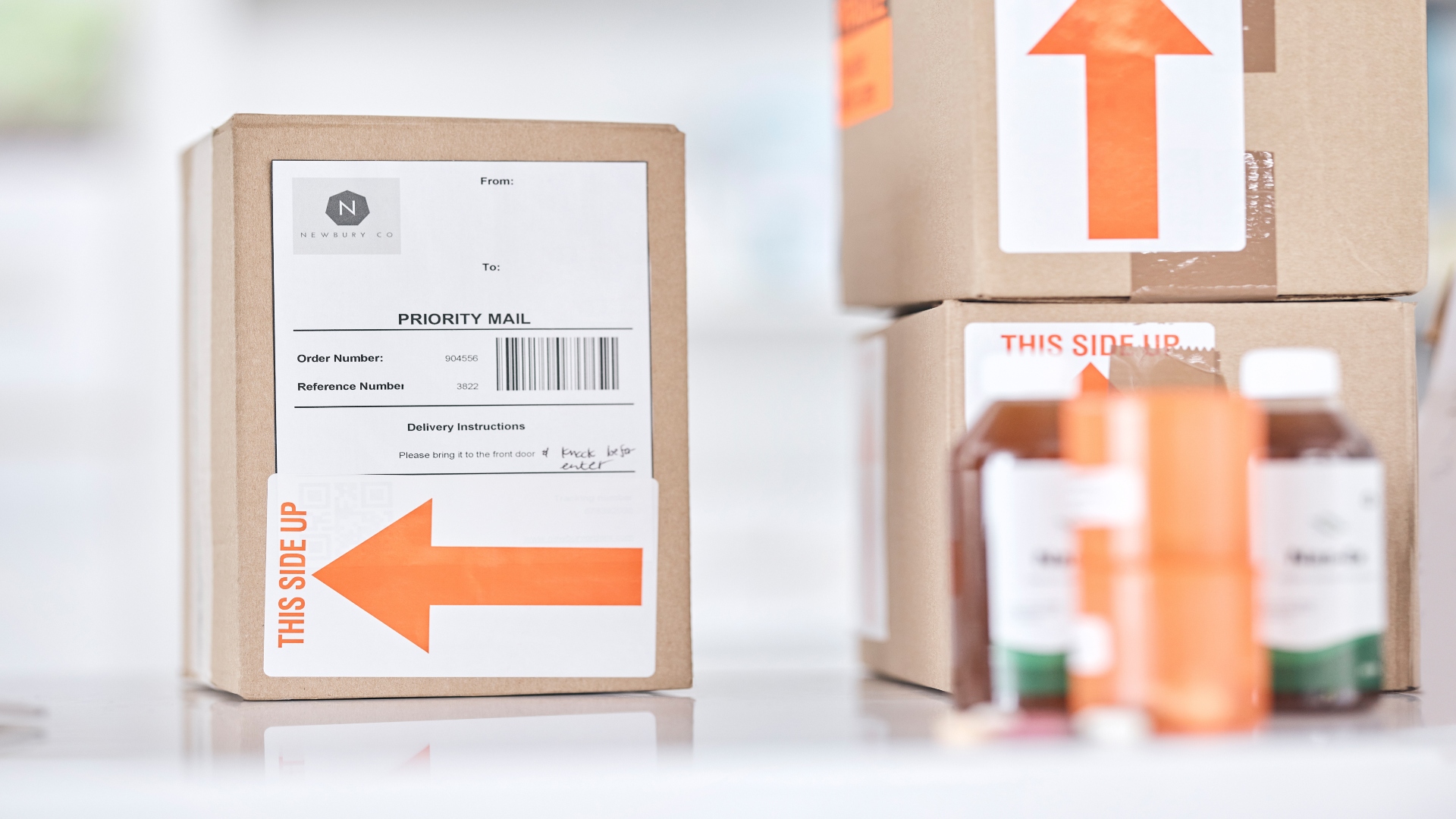How Do Pharma Industries Keep Products Safe For Use In Transportation?
Pharmaceutical industries face the critical task of ensuring the safety and efficacy of their products during transportation. This involves meticulous planning and adherence to stringent regulations, as even slight deviations in handling can compromise the integrity of these sensitive products.
Here’s how the pharma industry manages to keep products safe during transportation.
Temperature Control
Maintaining the correct temperature is paramount for many pharmaceutical products, including vaccines, biologics, and certain medications. These products often require cold chain logistics, which involve keeping the products within a specific temperature range from the manufacturing site to the end user. This is achieved through:
- Refrigerated Vehicles and Containers: Specialized transport vehicles and containers that are equipped with refrigeration units to maintain the necessary temperatures.
- Insulated Packaging: Use of thermal insulation materials and phase change materials (PCM) like gel packs and Woolcool thermal insulated boxes ensures products remain at the required temperature.
- Real-Time Temperature Monitoring: Digital data loggers and IoT devices monitor temperature conditions in real-time, allowing for immediate corrective actions if deviations occur.
Regulatory Compliance
Pharmaceutical transportation is heavily regulated to ensure product safety. Compliance with guidelines such as Good Distribution Practice (GDP) is essential. GDP guidelines cover aspects like:
- Proper Documentation: Maintaining detailed records of transportation conditions and handling practices.
- Qualified Personnel: Training employees in proper handling procedures to prevent mishandling or contamination.
- Validated Processes: Ensuring that all equipment and processes used in transportation are validated to meet regulatory standards.
Security Measures
Security is another critical aspect, given the high value and sensitivity of pharmaceutical products. Measures include:
- Tamper-Evident Seals: Packaging with tamper-evident seals indicates whether a product has been accessed or altered.
- Tracking and Tracing: Advanced GPS tracking systems monitor the location of shipments in real time, therefore reducing the risk of theft or loss.
- Secure Transportation Routes: Using secure routes and trusted logistics partners to minimize risks.
Packaging Solutions
Pharmaceutical packaging must protect products from physical damage, contamination, and environmental conditions. This is achieved through:
- Robust Packaging Materials: Use of materials that are resistant to impact, moisture, and light.
- Specialized Containers: Containers designed to protect specific types of pharmaceuticals, such as blister packs for tablets or vials for injectables.
- Labeling and Instructions: Clear labeling and handling instructions ensure that all parties involved in the transportation process are aware of the necessary precautions.
Risk Management and Contingency Planning
Pharmaceutical companies develop comprehensive risk management strategies to handle potential issues during transportation. This includes:
- Risk Assessment: Identifying potential risks in the supply chain and developing strategies to mitigate them.
- Contingency Plans: Having backup plans in place for emergencies, such as equipment failures or transportation delays.
- Insurance: Securing appropriate insurance coverage to protect against financial losses due to transportation issues.
Innovative Technologies
The pharmaceutical industry increasingly relies on innovative technologies to enhance the safety of transportation. These include:
- Blockchain: Using blockchain technology to create an immutable record of the supply chain, improving transparency and traceability.
- Smart Sensors: Deploying sensors that provide real-time data on environmental conditions such as temperature, humidity, and shock.
Conclusion
Ensuring the safety of pharmaceutical products during transportation is a complex, multi-faceted challenge that requires a combination of advanced technologies, regulatory compliance, robust packaging, and meticulous planning.
By leveraging the above strategies, the pharmaceutical industry can ensure that products arrive at their destination in optimal condition, therefore safeguarding the health and well-being of patients worldwide.
This ongoing commitment to safety and quality in transportation is crucial in maintaining trust in pharmaceutical products and the broader healthcare system.











